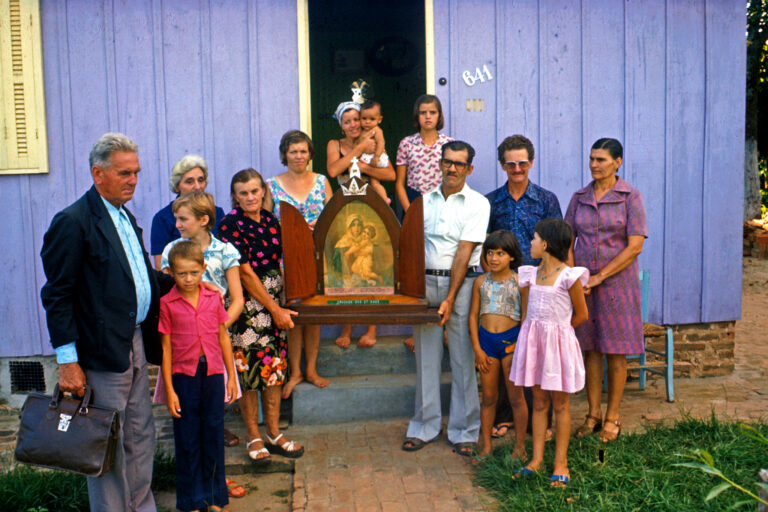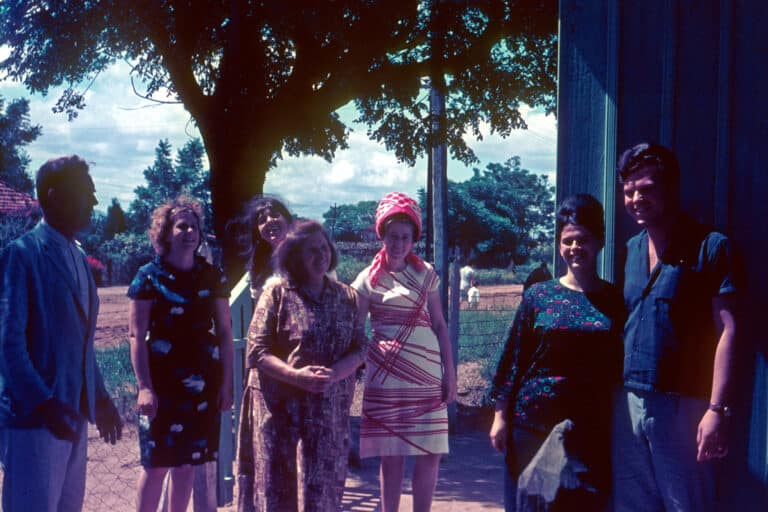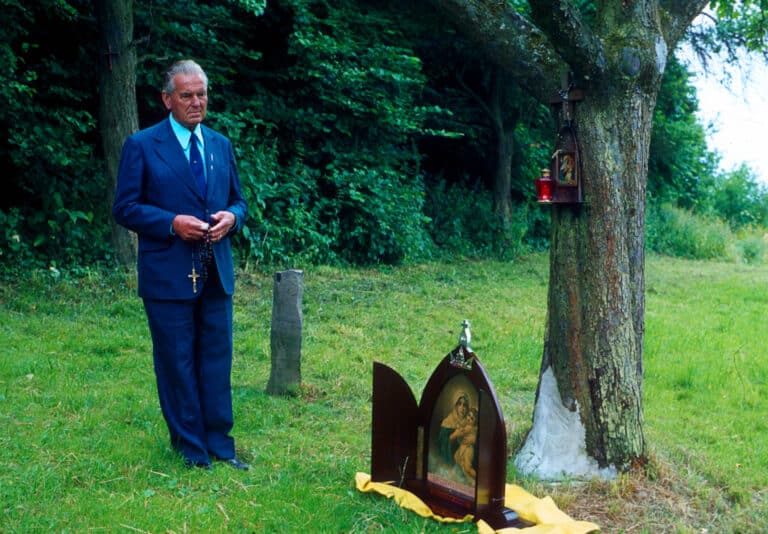This is a summary of the stages in every canonization process. This material has been put together by the Secretariat for Father Joseph Kentenich’s beatification in Spain. It explains the stages and points out the current phase in which each Schoenstatter’s process stands.
First Step
Servant of God

– The diocesan bishop and the postulator of the cause ask to initiate the process of canonization and present a report to the Holy See on the life and virtues of the person in question.
– The Holy See, through the Congregation for the Causes of Saints, examines the report and issues a decree declaring that there is nothing to impede the Cause -Nihil obstat decree-. This decree is the official response of the Holy See to the diocesan authorities who have asked to initiate the canonical process.
– Once the decree Nihil obstat is obtained, the diocesan bishop announces the decree opening the Cause of the now called Servant of God.
Second Step
Venerable
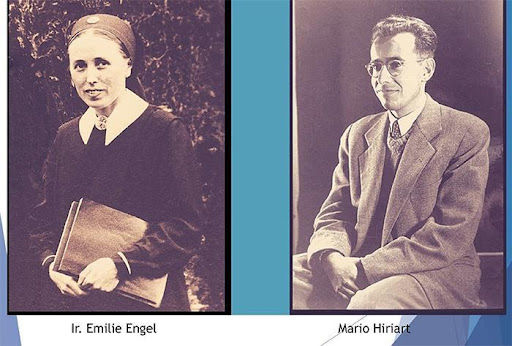
It consists of the following stages:
– Process on the life and virtues of the servant of God.
A tribunal, appointed by the bishop, receives the testimonies of people who knew the servant of God.
– Process examining the writings of the candidate
– The relator of the Cause, appointed by the Congregation for the Causes of Saints, prepares the document called Positio.
– Discussion of the Positio.
– Holy Father’s Decree. If the Congregation for the Causes of Saints approves the Positio, the Holy Father issues the decree of heroic virtue. Then, the former servant of God is considered venerable.
Third Step
Blessed
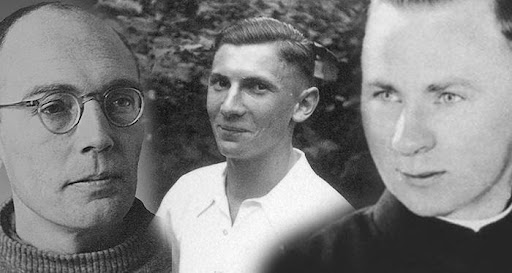
It consists of the following stages:
– The first step is to show the venerable to the community as a model of life and intercessor before God.
It must be proven before the Congregation for the Causes of Saints:
– the venerable’s reputation for holiness,
– the performance of a miracle.
– In the second stage, the Congregation for the Causes of Saints examines the miracle presented.
-In the third stage, and with the above-mentioned antecedents, the Holy Father approves the decree of beatification.
– In the fourth stage, the Holy Father determines the date of the liturgical ceremony.
– The fifth step is the beatification ceremony.
Fourth Step
Canonization
– The first stage consists of the approval of a second miracle.
– In the second stage, the Congregation for the Causes of Saints examines this second miracle presented. This second miraculous event must have occurred after the beatification.
– In the third stage, the Holy Father approves the decree of canonization.
– In the fourth stage, the Ordinary Public Consistory, convoked by the Holy Father, is held. He then determines the date of the canonization.
– The last stage is the canonization ceremony.

